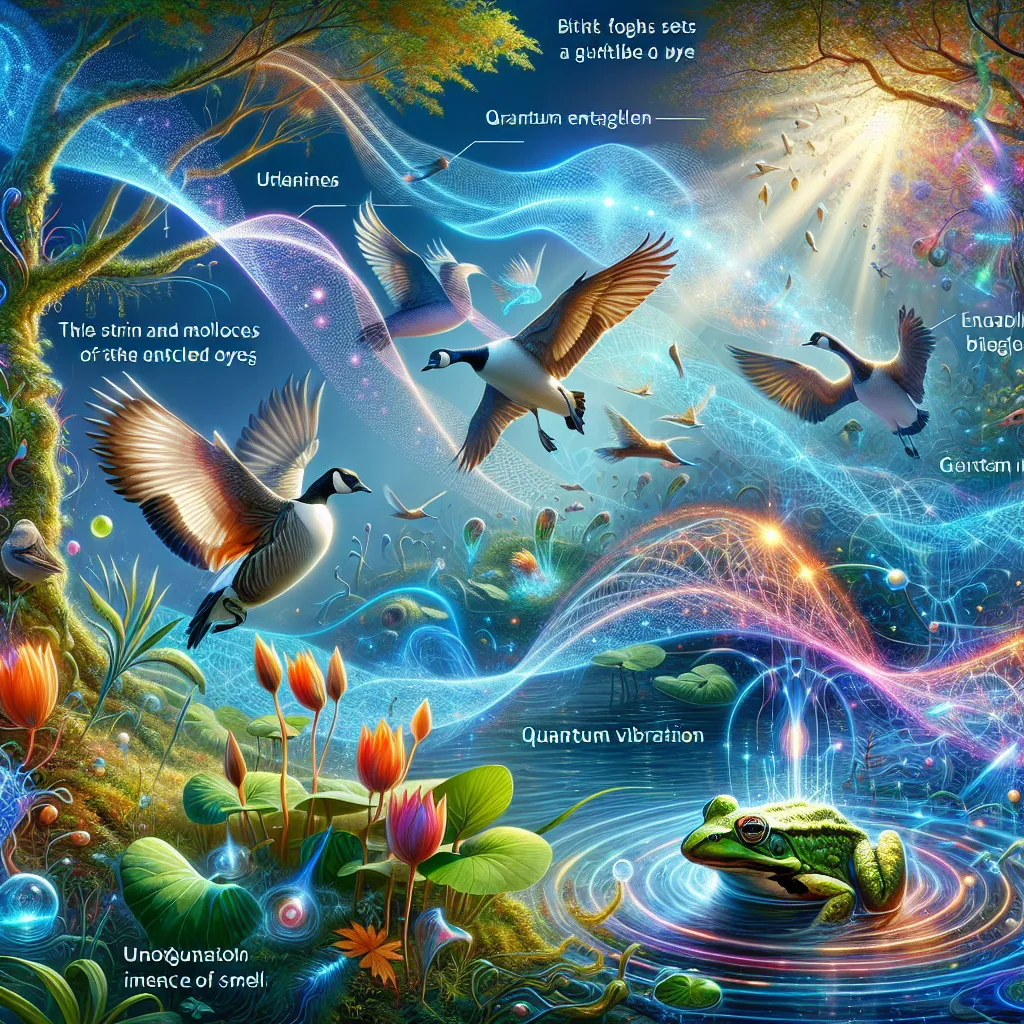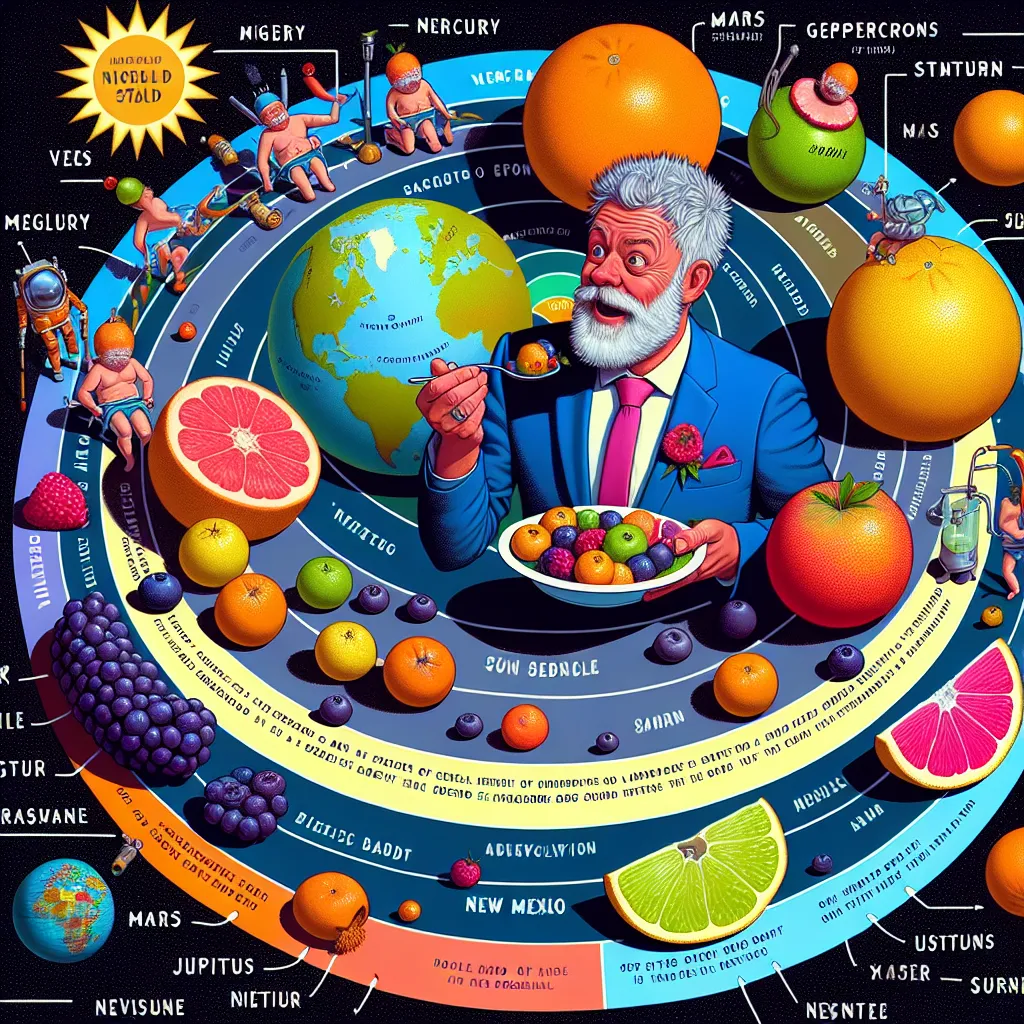Skeptics from the Loch Ness Project believe the lake’s unique features might explain many of the monster sightings. Adrian Shine, a dedicated Loch Ness researcher, has shared some interesting insights into this. He suggests that the Loch, which acts like a wind tunnel due to its alignment with the prevailing winds, plays a big role in these illusions. Additionally, the Loch’s great depth ensures the water stays relatively warm, even in winter, without freezing. This combination of warm water meeting cold air can create surprising mirages on the surface.
The summer winds mixing with the warmer, less dense top water layer can set off a process called a seiche. This underwater phenomenon creates a rolling wave that pushes the surface water along the Loch. Though it’s almost invisible, the warm layer gliding over the colder depths moves slowly, taking around 30 hours to travel the length of the Loch, and then bounces back.
When debris like logs get swept up by this current, they can appear to move against the wind, tricking the eye into thinking they are swimming creatures. It’s this deceptive movement that Shine believes leads to many reports of the Loch Ness monster. Logs often float into the Loch from six surrounding rivers, guided by underwater currents to the center, ready to be carried by this seiche effect. This explains why people might confuse logs with some mysterious creature.
To test this, one could just drag a log through the water. In the right light and with some surface chop, it takes on the appearance many associate with the monster – humps, heads, necks, and all. Thus, it seems plausible that many modern-day sightings are actually just animals, boat wakes, large fish, or simple debris.
Despite this scientific explanation, the legend of the Loch Ness Monster continues to thrive, capturing imaginations year after year.






